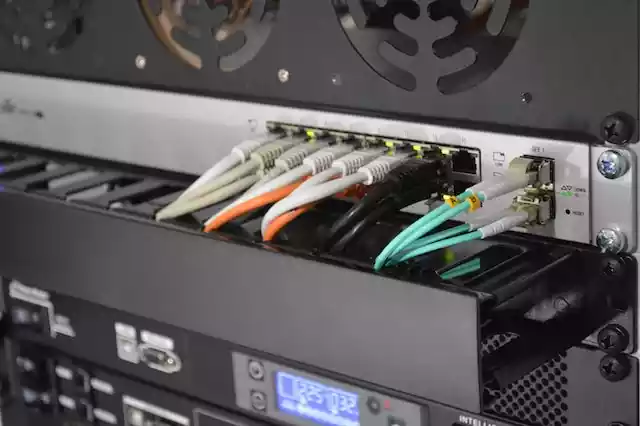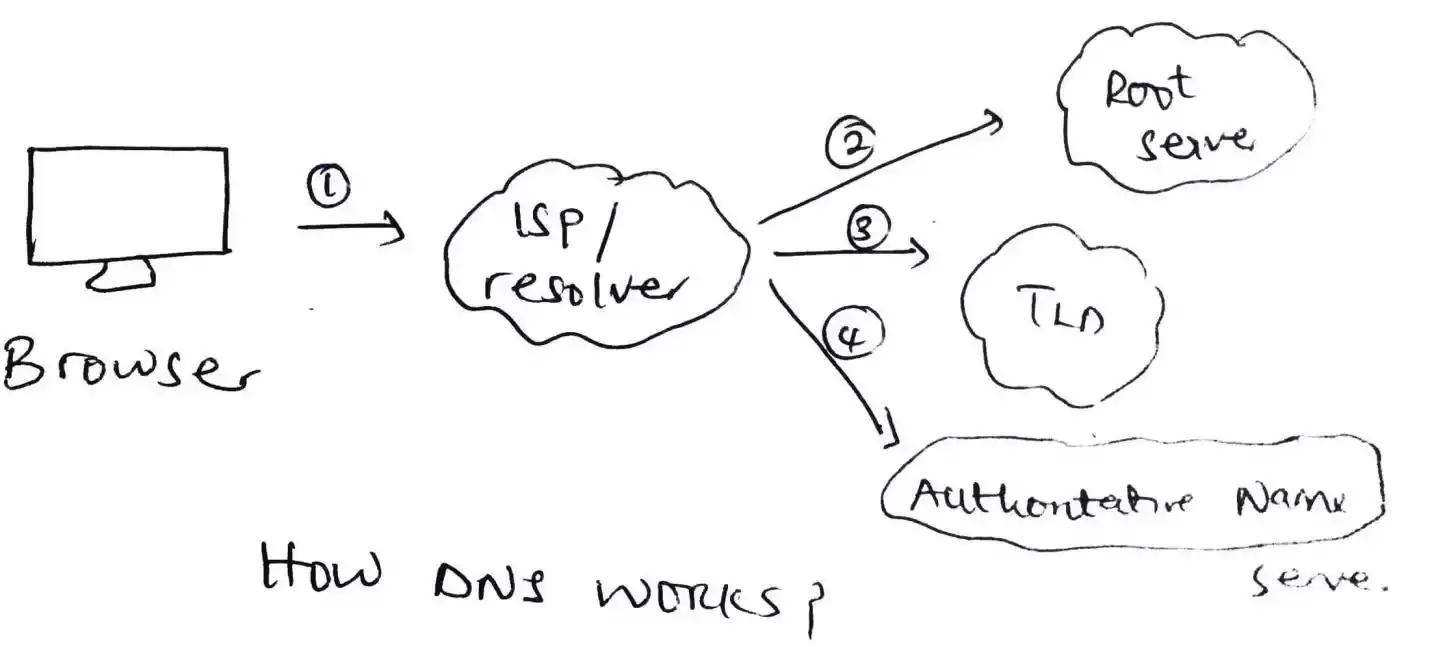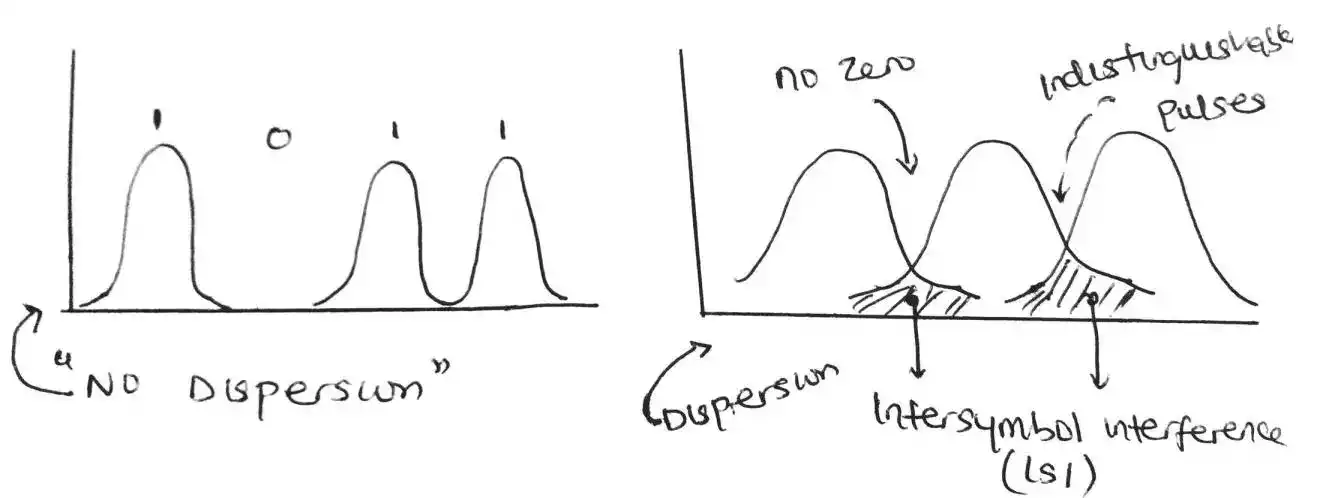How Fast Does Data Travel on Fiber Optic Cables?
The speed at which data travels on fiber optic cables is a critical factor in determining the efficiency and reliability of communication networks.
Fiber optic cables have emerged as the preferred medium for transmitting vast amounts of data quickly and securely.
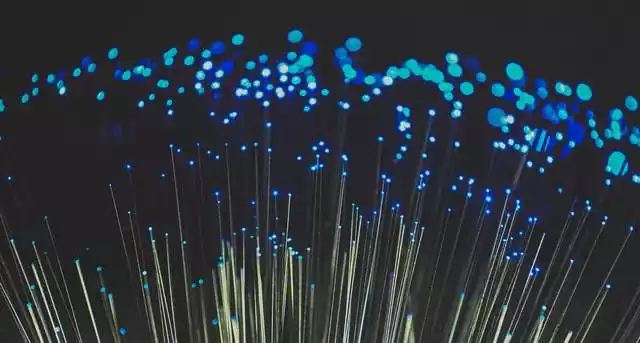
But how fast does data actually travel on fiber optic cables? In this article, we will explore the fascinating existence of fiber optics and look into the intricacies of data transmission speeds.
Table of Contents
How Does Fiber Optic Cable Work?
Before we look into the speed of data transmission, let’s first understand the basic working principle of fiber optic cables.
Fiber optic cables are made of thin strands of glass or plastic known as optical fibers. These fibers are designed to carry light signals over long distances without significant loss or degradation.
Inside a fiber optic cable, information is transmitted using pulses of light. These light signals travel through the core of the fiber, which is surrounded by a cladding layer that reflects the light back into the core, preventing it from escaping.
This phenomenon, called total internal reflection, allows the light to bounce along the fiber, maintaining its integrity over long distances.
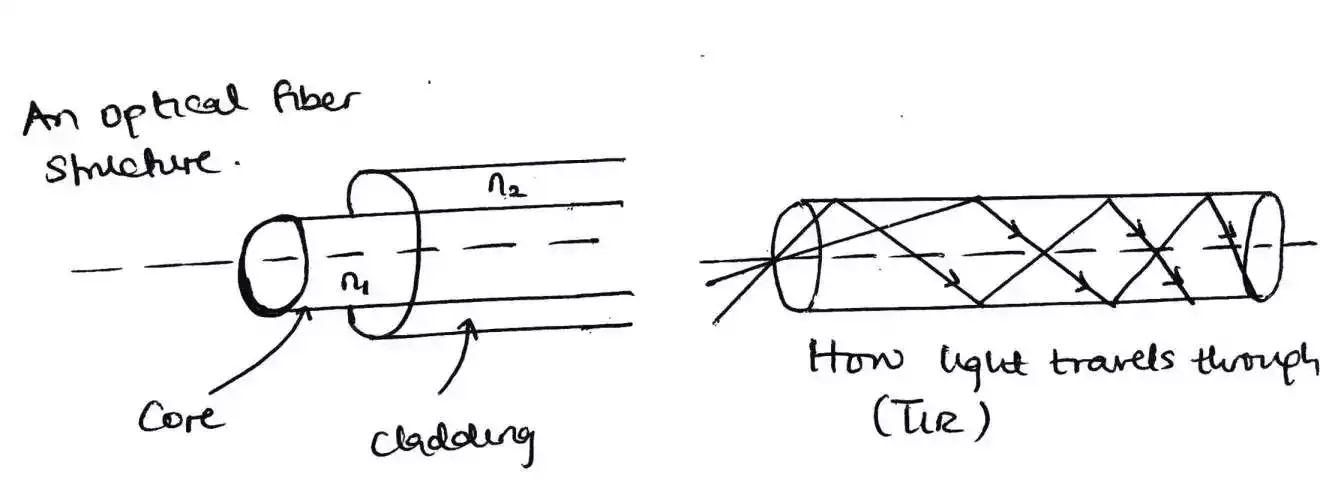
Light travels at an astonishing speed of approximately 299,792 kilometers per second (186,282 miles per second) in a vacuum. This blazing-fast speed forms the foundation for data transmission on fiber optic cables.
However, it’s important to note that the speed of light in a fiber optic cable is slightly slower than its speed in a vacuum due to the refractive index of the fiber material.
The Speed of Light and Data Transmission
The speed of data transmission on fiber optic cables can be influenced by various factors, including the specific type of fiber optic cable being used, the distance that the data needs to travel, and the volume of data being transmitted.
But, as a general rule, fiber optic cables are capable of transmitting data at remarkable speeds of up to 100 Gbps (gigabits per second).
This is a substantial improvement compared to traditional copper cables, which have a maximum data transmission speed of up to 1 Gbps.
The significant disparity in speed highlights the superiority of fiber optic cables in terms of data transmission capabilities, making them the preferred choice for high-speed and high-bandwidth communication networks.
Factors Affecting Data Transmission Speed on Fiber Optic Cables
While fiber optic cables have the potential for high-speed data transmission, several factors can influence the actual speed at which data travels. Let’s explore some of these factors:
1. Fiber Optic Cable Type
Different types of fiber optic cables offer varying data transmission speeds. Single-mode fiber (SMF) and multimode fiber (MMF) are two commonly used types of fiber optic cables.
SMF, with its narrower core, allows for longer transmission distances and higher data rates compared to MMF, making it ideal for long-haul applications.
On the other hand, MMF is more suitable for shorter distances.
2. Distance
The distance that the data needs to travel through the fiber optic cable can impact the speed of transmission.
Generally, fiber optic cables can maintain high speeds over long distances, but there can be some signal degradation as the distance increases.
Proper signal amplification and signal regeneration techniques are employed to maintain optimal speeds for longer distances.
3. Network Equipment and Technology
The network equipment and technology used in conjunction with fiber optic cables also play a significant role in data transmission speeds.
Advanced optical transceivers, amplifiers, and other active components can enhance the speed and efficiency of data transmission.
In addition, the implementation of advanced modulation techniques and error correction mechanisms can further optimize data speeds.
4. Network Congestion
Even though fiber optic cables have immense bandwidth capabilities, network congestion can still affect data transmission speeds.
When multiple users or devices simultaneously access the network, the available bandwidth may be shared among them, leading to slower data transfer rates.
Network administrators must manage and optimize network traffic to ensure smooth and efficient data transmission.
Read on: What is Network Congestion in Computer Networks? And How to Avoid Them
Wrap Up
Data travels at incredibly fast speeds on fiber optic cables. With the potential to transmit data at speeds of up to 100 Gbps, fiber optic cables outperform traditional copper cables by a significant margin.
The type of fiber optic cable, the distance the data needs to travel, and the network equipment and technology employed are all factors that influence data transmission speeds.
By leveraging the capabilities of fiber optics and employing advanced technologies, we can continue to push the boundaries of data transmission speeds, facilitating faster and more efficient communication networks.
FAQs about the Speed of Data Transmission on Fiber Optic Cables
- Q: How does the speed of data transmission on fiber optic cables compare to other mediums? Fiber optic cables offer significantly higher data transmission speeds compared to traditional copper cables or wireless transmission.
The speed of light in fiber optics allows for incredibly fast data transfer rates, making it the preferred choice for high-speed communication networks. - Q: Are there any limitations to the speed of data transmission on fiber optic cables? While fiber optic cables provide remarkable data transmission speeds, the actual achievable speed depends on various factors, including the cable type, quality, and network conditions. It’s essential to optimize these elements to maximize the speed of data transmission.
- Q: Can data travel at the speed of light in fiber optic cables? Data transmission through fiber optic cables does not occur at the exact speed of light in a vacuum.
The refractive index of the fiber material causes a slight reduction in the speed of light within the cable. However, data still travels at an incredible speed, approaching the speed of light. - Q: Is fiber optic cable the fastest medium for data transmission? Yes, fiber optic cables are currently the fastest medium for data transmission over long distances.
The high data transmission speeds, combined with low latency and minimal signal loss, make fiber optics the go-to choice for high-bandwidth applications such as internet backbones and intercontinental connections. - Q: How can I improve data transmission speeds on fiber optic cables? To optimize data transmission speeds, ensure you use high-quality fiber optic cables, employ advanced transmission equipment, and manage network congestion effectively.
Regular maintenance and upgrades can also contribute to enhanced data transmission performance. - Q: Are there any future developments that could further increase data transmission speeds on fiber optic cables? Researchers and engineers are continually exploring new technologies and techniques to push the limits of data transmission speeds on fiber optic cables.
Ongoing advancements in fiber optic materials, multiplexing techniques, and signal processing hold promising potential for even faster data transmission in the future.

